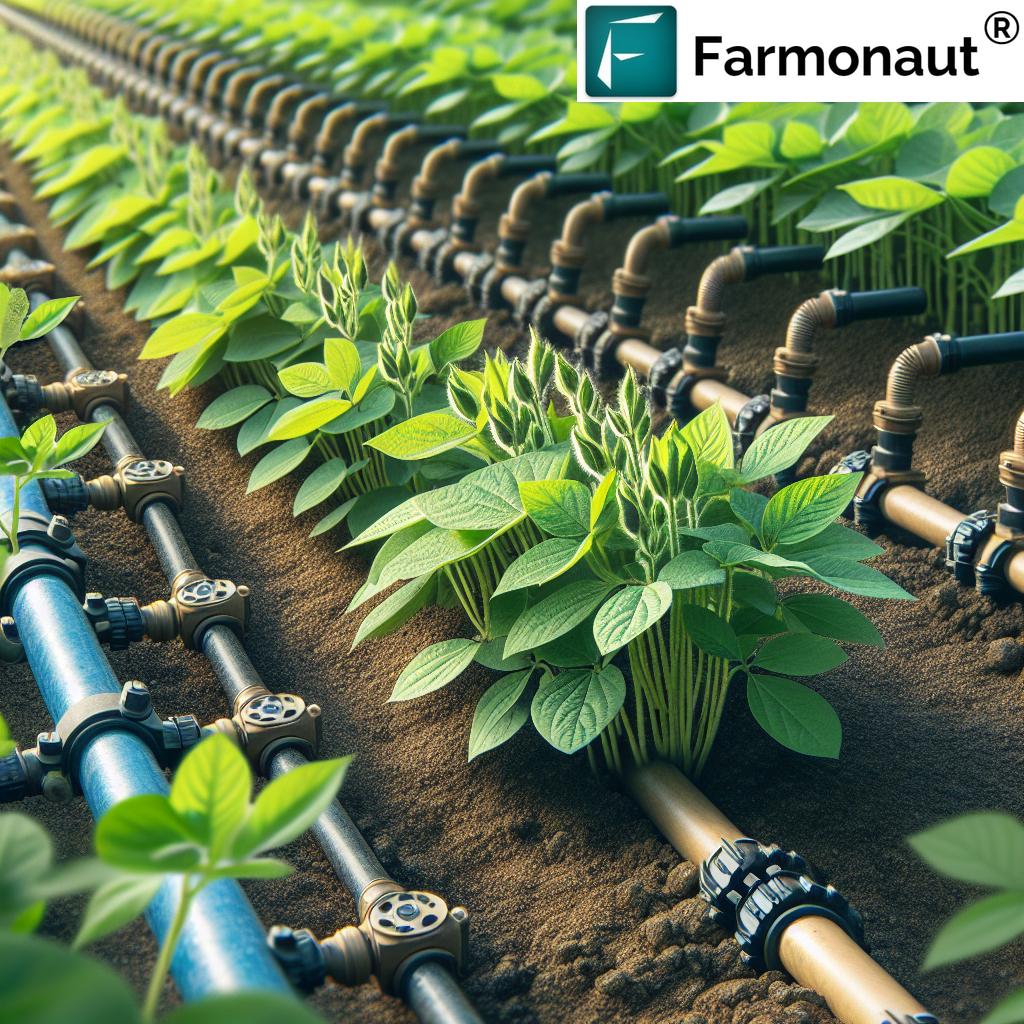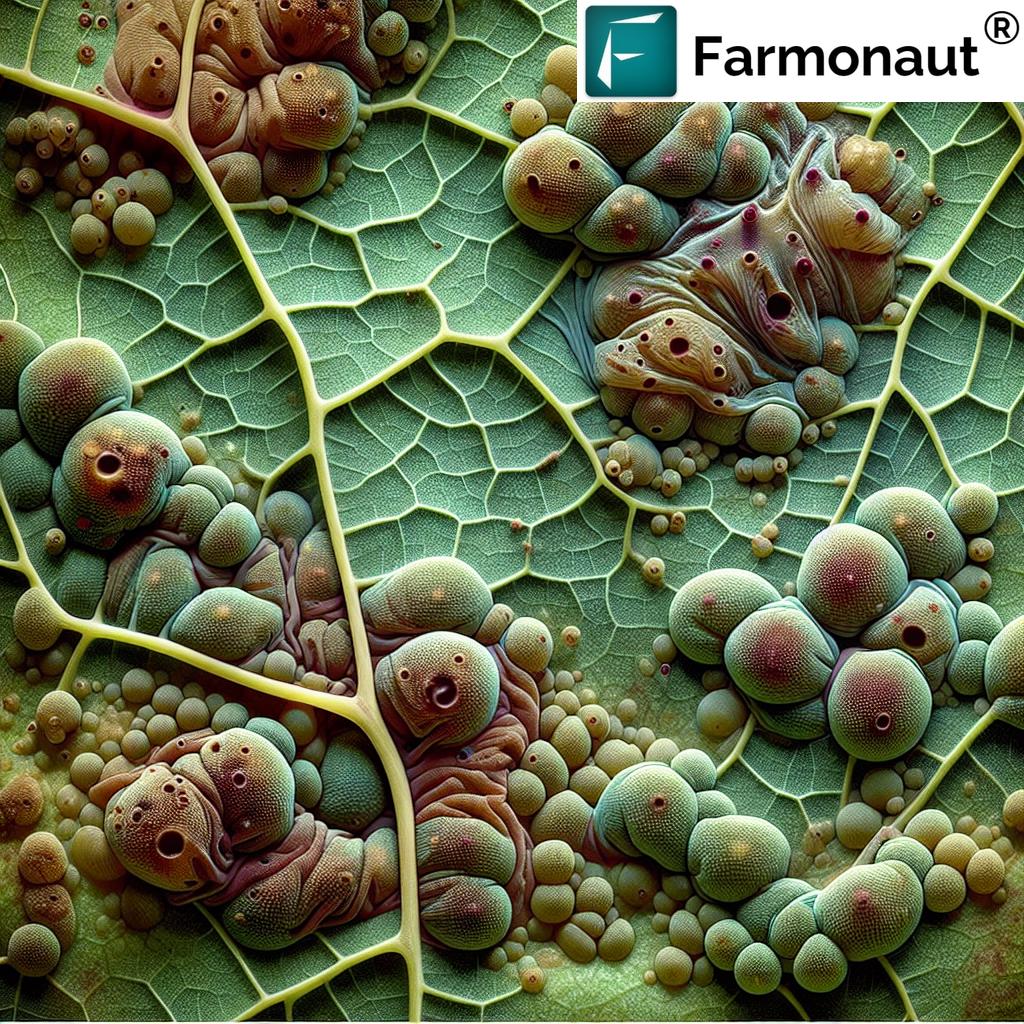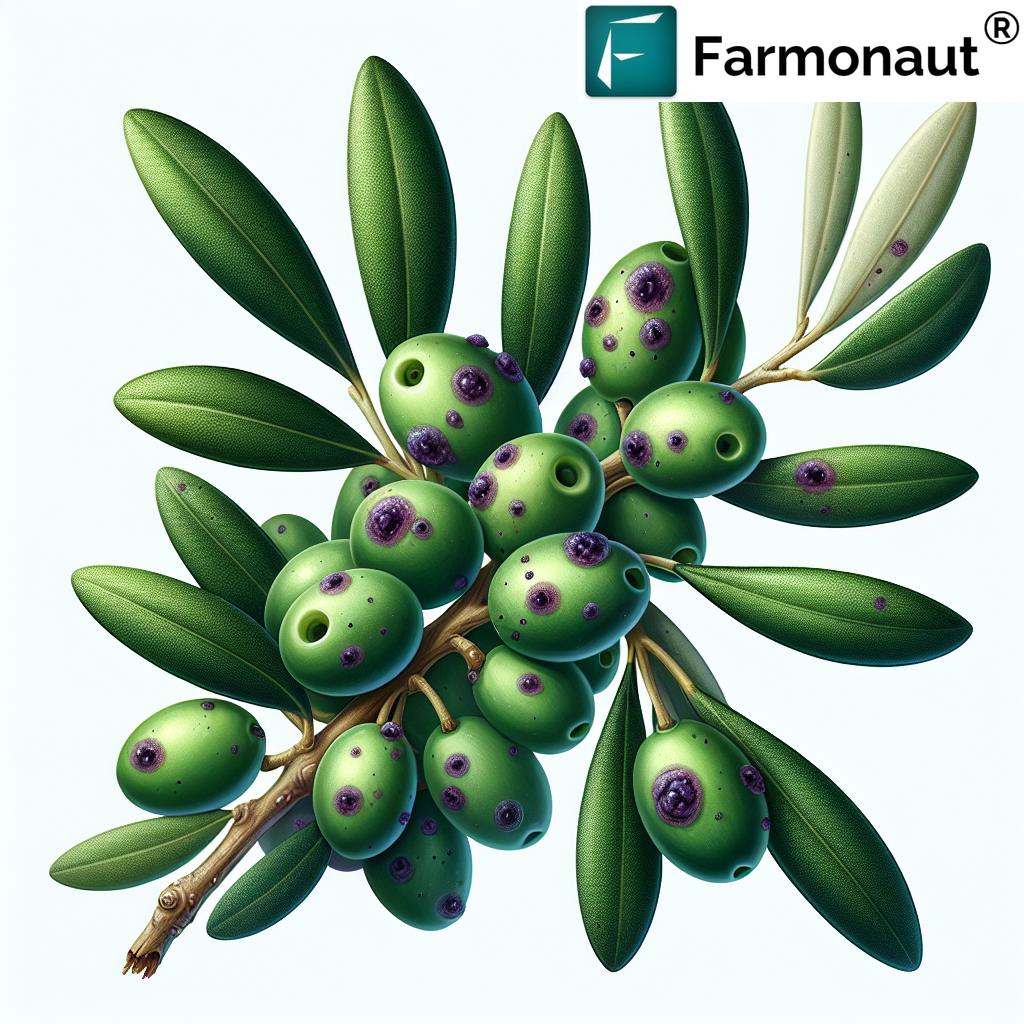Soybean Crop Irrigation: 7 Powerful Methods to Boost Yield
“Drip irrigation can increase soybean yields by up to 30% compared to traditional flood methods.”
“Soybeans require about 500-600 mm of water per growing season for optimal yield and quality.”
As the global demand for protein and oil continues to rise, soybean cultivation has emerged as a vital pillar of worldwide agriculture, providing essential protein for human consumption and valuable oil for both food and livestock feed. Achieving high yields and optimum crop quality in soybeans hinges on efficient irrigation methods, precise water management strategies, and adapting to ongoing climate change. In this comprehensive guide, we dive deep into the significance and best practices of soybean crop irrigation, equipping farmers, agribusinesses, and stakeholders with actionable knowledge to improve productivity.
The Importance of Irrigation in Soybean Cultivation
As seasoned professionals in agriculture, we recognize that water management is not merely a supporting practice but the very foundation for optimizing soybean yields. Soybeans, although adapted to moderate drought, are highly susceptible to water stress during critical growth stages — namely, germination, flowering, pod development, and seed filling. Any deficit during these periods risks lower yield and diminished seed quality.
Why is irrigation crucial in soybean cultivation?
- Consistency: Soybean crops require consistent soil moisture, particularly during their reproductive phases, to maximize pod set and kernel fill.
- Drought Sensitivity: Even short-term drought during flowering or early pod filling can cause irreversible yield reduction.
- Optimizing Resource Use: Effective irrigation strategies help use inputs (nutrients, energy, seed) efficiently, thus improving overall farm productivity.
- Climate Adaptation: Unpredictable rainfall due to climate change increases the reliance on robust irrigation systems and proactive water management.
The goal is to optimize both the quantity and the timing of water supplied, ensuring maximum yield and crop quality while minimizing waste and environmental impact. Soybean irrigation methods play a pivotal role in this context.
Soybean Irrigation Methods: Top 7 Techniques
Selecting the right method of irrigation for soybeans depends on factors such as field size, terrain, water availability, and cost. Each method has unique advantages, efficiency levels, and suitability. Below, we explore seven of the most effective soybean irrigation methods that are transforming modern farming.
1. Center-Pivot Irrigation
Center-pivot irrigation systems use a rotating sprinkler array, mounted on wheeled towers, to irrigate soybeans in a circular pattern. These systems cover large areas efficiently and can be customized with variable-rate irrigation and remote monitoring capabilities. Although they require significant initial investment and regular maintenance, they are particularly suitable for flat or gently rolling terrains.
- Efficient for large-scale operations
- Provides uniform application of water
- Can reduce labor requirements with automation
- Facilitates integration with precision agriculture technologies
Best for: Large farms in regions where water supply and field size justify the investment.
2. Drip Irrigation for Soybeans
Drip irrigation is increasingly used by farmers for its efficiency and ability to target water directly to plant roots via a network of tubes and emitters. It dramatically reduces water wastage, minimizes weed growth by not wetting the entire soil surface, and is especially beneficial in water-limited areas.
- Delivers water at low pressure, conserving both water and energy
- Reduces disease pressure by keeping foliage dry
- Improves nutrient uptake and yield
- Well-suited for undulating and sloped fields
Drip irrigation for soybeans can increase yields by up to 30% over traditional flood methods.
Looking to increase the market value of your soybeans? Explore Farmonaut’s blockchain-based product traceability for transparent, verifiable origins and improved supply chain trust.
3. Sprinkler Irrigation
Sprinkler irrigation mimics natural rainfall by spraying water through mounted nozzles over the crop canopy. Versatile in design and easy to relocate, these systems are suitable for a wide range of soils and field topographies. Studies show that sprinkler irrigation at 80% crop evapotranspiration can outperform traditional flood irrigation in soybean yield.
- Ensures even water distribution
- Can be automated and tailored for field needs
- Reduces soil erosion and nutrient leaching
- Efficient in moderate to small-scale operations
4. Deficit Irrigation
Deficit irrigation is a water-saving strategy that provides reduced water applications during non-critical soybean growth phases while ensuring sufficient water during drought-sensitive periods like flowering and pod development. This approach aims to optimize water resources without sacrificing crop productivity significantly.
- Improves water use efficiency
- Reduces overall water costs
- Requires accurate knowledge of soybean growth stages for effective scheduling
- Best-suited for water-scarce or drought-prone regions
5. Surface Irrigation (Furrow & Basin)
Surface irrigation channels water directly across the field using gravity, typically through furrows (shallow trenches) or basins. While it is one of the oldest methods — simple and affordable — its efficiency is lower than pressurized systems, and there are risks of water wastage, uneven distribution, and soil erosion without precise management.
- Low installation cost
- Suitable for flat fields with good drainage
- Requires detailed field leveling for effectiveness
6. Subsurface Drip Irrigation
Subsurface drip irrigation (SDI) involves burying the drip lines below the surface to deliver water directly to the root zone. This method significantly reduces surface evaporation, keeps the canopy dry, and is particularly beneficial for sandy soils and regions with scarce water. SDI systems, however, require a higher upfront investment and careful ongoing maintenance to prevent clogging.
- High water use efficiency
- Reduces weed growth and foliar disease
- Minimizes soil surface compaction and crusting
- Enables optimal root development and deep watering
Want to track the sustainability of your irrigation strategy? Check out Farmonaut’s carbon footprinting tools to monitor and minimize environmental impact in your soybean farming operations.
7. Flood Irrigation (Traditional Method)
Flood irrigation involves inundating fields with water, letting it infiltrate by gravity. Although the method is inexpensive and simple to set up, it is the least efficient; significant amounts of water are lost to surface runoff, evaporation, and leaching, and it can result in suboptimal yields and increased weed/disease issues if not carefully managed.
- Very low initial cost
- High labor requirements and water wastage
- Best suited for regions with abundant water and traditional practices
Comparison Table of Soybean Irrigation Methods
| Irrigation Method | Water Use Efficiency (%) | Cost (USD/ha) | Yield Increase Potential (%) | Installation Complexity | Maintenance Requirements | Suitable Soybean Growth Stages |
|---|---|---|---|---|---|---|
| Center-Pivot Irrigation | 75–85 | 2,000–4,000 | 15–25 | High | Medium | All Stages (esp. reproductive) |
| Drip Irrigation | 90–95 | 1,500–3,500 | Up to 30 | High | High | Critical period: Flowering, Pod development |
| Sprinkler Irrigation | 70–80 | 800–2,500 | 15–20 | Medium | Medium | Vegetative to pod filling |
| Deficit Irrigation | 65–75 | Variable (Lower than full-irrigation methods) | 10–15 | Medium | Medium | Critical water-stress periods |
| Surface Irrigation (Furrow & Basin) | 55–65 | 200–800 | Up to 10 | Low | Medium | All stages (needs careful scheduling) |
| Subsurface Drip Irrigation | 95–98 | 2,500–5,000 | 30+ | High | High | All stages, especially roots during pod fill |
| Flood Irrigation | 35–45 | 100–300 | Up to 5 | Low | High | Early vegetative only (yield loss risk later) |
This table succinctly outlines differences in efficiency, cost, yield impact, and more, providing a reference for farmers and decision-makers seeking to upgrade their soybean irrigation methods for optimum results.
“Drip irrigation can increase soybean yields by up to 30% compared to traditional flood methods.”
Best Irrigation Practices for Soybeans
To unlock the full potential of any method, we must embrace a holistic strategy—combining technology, data, and diligent care. Here are the best irrigation practices for soybeans that drive high yields and superior quality:
1. Soil Moisture Monitoring
- Regularly measure soil moisture using sensors, probes, or by leveraging tools like Farmonaut’s satellite soil moisture monitoring via real-time data.
- Ensure irrigation is only triggered when soil falls below optimal moisture thresholds, thereby minimizing over-irrigation and resource wastage.
- Monitor changes across soil zones, considering texture and drainage differences.
2. Scheduling by Soybean Growth Stages and Water Requirements
- Recognize critical stages: germination, vegetative growth, flowering, pod development, and seed filling.
- Prioritize irrigation during reproductive stages (R1–R6 in soybean growth stages) for maximum yield response.
- Adjust water frequency and amounts according to climate, weather forecasts, and anticipated water needs.
Want to automate scheduling based on local weather and real-time crop health? Try Farmonaut’s AI-powered advisory and satellite alerts for precise, field-specific recommendations.
3. Water Quality Management
- Test irrigation water sources regularly for contaminants (salts, heavy metals, herbicides, pathogens).
- Address quality concerns through filtration, treatment, or blending water sources as required.
4. Equipment Maintenance
- Inspect hoses, emitters, sprinklers, pumps, and joints for leaks or blockages at least once per cycle.
- Clean filters and check system pressure to avoid inconsistent coverage.
Managing multiple irrigation systems across your operation? Leverage Farmonaut’s Fleet Management tools to optimize resource allocation, monitor equipment usage, and minimize operational costs.
5. Data-Driven Irrigation Decisions
- Use satellite-based crop health maps (NDVI, EVI) to target irrigation only where soybean stands are stressed or lagging in growth.
- Integrate weather forecasts, soil data, and historic crop records to make intelligent, predictive irrigation choices.
- Utilize Farmonaut’s Crop Management App—available on Web, Android, and iOS—for actionable field insights.
API developers: Connect to Farmonaut’s Satellite Weather API for seamless integration of crop, weather, and irrigation data. See the API Developer Docs.
Soybean Crop Water Management and Scheduling
Successful soybean crop water management incorporates state-of-the-art tools and hands-on best practices. The goal is always to optimize timing, volume, and frequency of irrigation to maximize yield, minimize input waste, and sustain soil health across successive seasons.
Key Steps in Irrigation Scheduling
-
Determine Crop Water Requirements.
Soybeans typically require 500–600 mm of water over the entire growing season for optimal results. Calculate local requirements based on:- Stage of development (e.g., greater need during flowering and pod set)
- Evapotranspiration rates (adjusted by climate and time of year)
- Soil type and current soil moisture levels
-
Monitor Weather and Evapotranspiration.
Track rainfall, temperature, wind, and humidity to determine actual irrigation needs. Leverage field-specific tools or Farmonaut’s real-time weather advisory for precise adjustment. -
Adjust for Field Variability.
No two fields are identical. Account for field slope, soil types, planting density, and prior crop residue. -
Plan for the Unexpected.
Contingency planning for unforeseen dry spells, system failures, or climate volatility is essential for resilient water management.
Tools to Aid Soybean Water Management
- Farmonaut Crop Management Solutions: Real-time remote sensing, AI-powered crop health monitoring, and advisory tools eliminate guesswork from irrigation scheduling and improving soybean yield with irrigation.
- Farmonaut’s large-scale farm management platform (see details) is scalable for agribusinesses and government projects to manage irrigation over thousands of hectares with resource optimization.
Effects of Climate Change on Soybean Cultivation and Irrigation
The challenges presented by climate change are reshaping how we approach soybean irrigation methods and water management:
- Altered Rainfall Patterns: Increased frequency of droughts and unexpected storm events make reliance on rainfed soybean cultivation riskier, stressing the necessity of robust irrigation systems.
- Rising Temperatures: Higher temperatures increase evapotranspiration rates, resulting in faster soil drying and the necessity of precise moisture management.
- Water Scarcity: Competition for fresh water across agricultural and non-agricultural sectors means that efficient irrigation techniques for farmers are essential for sustainable production.
- Increased Stress Episodes: Critical periods like flowering and pod set are being pushed into more hostile climatic windows, requiring targeted irrigation at exact times to avoid yield loss.
Adapting soybean irrigation to climate change is not just about buying new equipment, but about adopting advanced monitoring, scheduling, sustainable practices, and carbon tracking to build resilience.
Need to access crop loans or insurance for your irrigation investments? Farmonaut provides satellite-based farm verification tools for loans and insurance, streamlining approvals and ensuring transparency in claims.
How Farmonaut Enhances Irrigation Efficiency and Crop Yields
As a leader in precision agriculture, Farmonaut empowers farmers and agribusinesses with affordable, satellite-driven farm management solutions. Here’s how our technologies specifically help optimize irrigation decision-making for soybean cultivation:
-
Satellite-Based Crop Health Monitoring:
Detect water stress early, track vegetation indices (NDVI, EVI), and monitor soil moisture continuously, enabling timely and site-specific irrigation. -
AI-Powered Jeevn Advisory:
Our AI system delivers tailored guidance on irrigation scheduling, adapting to live weather forecasts and field conditions for every soybean growth stage. -
Blockchain Traceability:
For those exporting or operating within strict quality-control supply chains, blockchain-based traceability ensures that soybean irrigation practices meet environmental and regulatory standards. -
Sustainability Tools:
Leverage carbon tracking and resource management modules to monitor, report, and reduce your environmental impact. -
Mobile & Web Access:
Use Farmonaut on Android, iOS, Web, or integrate with your own platforms via our API for seamless planning and operational control anytime, anywhere.
Take control of your irrigation, yield, and sustainability—explore the Farmonaut platform today!
Farmonaut Subscription Plans
Embrace precision agriculture with Farmonaut’s flexible subscription plans. Whether you manage a single field or an entire farming enterprise, our scalable services are tailored to maximize your ROI and make advanced farm management accessible. Get started below:
Frequently Asked Questions (FAQ)
1. What is the most efficient irrigation method for soybeans?
Drip irrigation for soybeans and subsurface drip systems offer the highest water use efficiency (90–98%), minimal evaporation, and the greatest potential yield improvement. However, method selection should also consider cost, location, and available infrastructure.
2. How much water do soybean crops need for optimal yield?
Soybeans generally require 500–600 mm of water per growing season for best yield and quality. This number may increase in hotter, drier, or windier climates.
3. When is the best time to irrigate soybeans?
The most crucial periods for irrigation are at flowering and pod development. Mild to moderate stress at vegetative stages is tolerable, but drought during reproductive stages can cause significant yield losses.
4. What are the main challenges for soybean irrigation?
The top challenges include cost of systems (especially for advanced or large-scale methods), uncertain climate, declining water resources, and the need for effective maintenance and scheduling.
5. Can Farmonaut be used to improve irrigation scheduling?
Absolutely! Farmonaut provides real-time crop health maps, soil moisture tracking, and AI-based recommendations to aid in optimizing water use, reducing waste, and improving productivity.
6. Is traditional flood irrigation still recommended?
Flood irrigation is the least efficient and is only practical where water supply is ample and land is very flat. If possible, shift to more efficient methods such as drip or sprinkler irrigation to save water and improve yields.
7. Which Farmonaut solutions support irrigation?
We offer satellite-based farm monitoring, weather-integrated scheduling, fleet management, and more—helping farmers make smarter, timely irrigation decisions.
Key Takeaways: Optimizing Soybean Yield Through Efficient Irrigation
- Soybean irrigation is the foundation for high productivity, especially as climate change brings uncertainty to rainfall and temperature patterns.
- Choose the right irrigation method—from drip and center-pivot to sprinkler and surface—based on scale, field conditions, and water availability.
- Prioritize critical growth stages and leverage best practices: moisture monitoring, scheduling, water quality management, and data-driven decisions.
- Embrace technology: Real-time crop monitoring and AI-based irrigation guidance from Farmonaut can maximize yield, reduce waste, and support sustainable farming for the future.
The path to improving soybean yield with irrigation lies at the intersection of tradition and innovation. With efficient water management and continuous learning, we are poised to meet the global demand for protein and oil with greater resilience, profitability, and sustainability.














